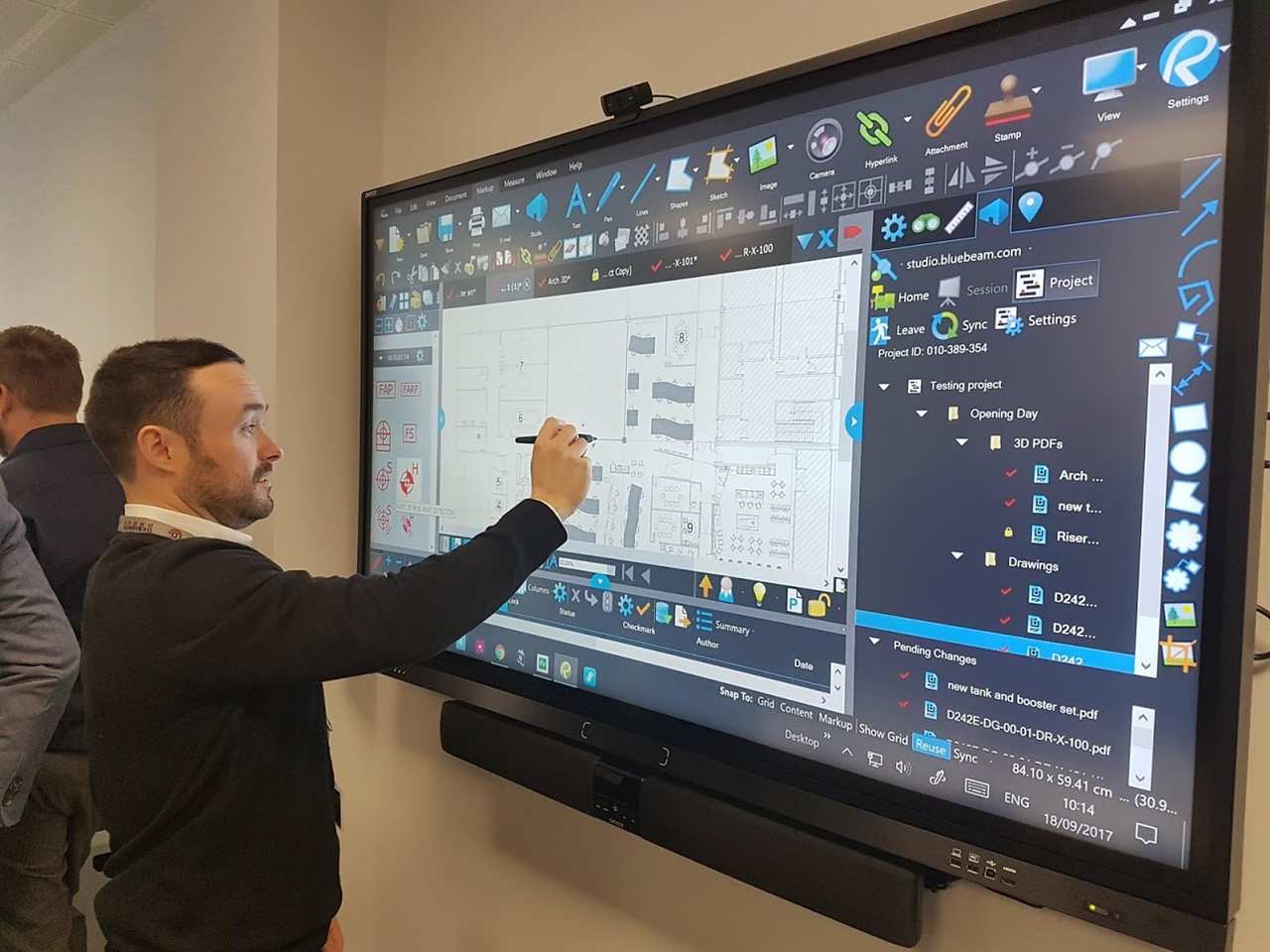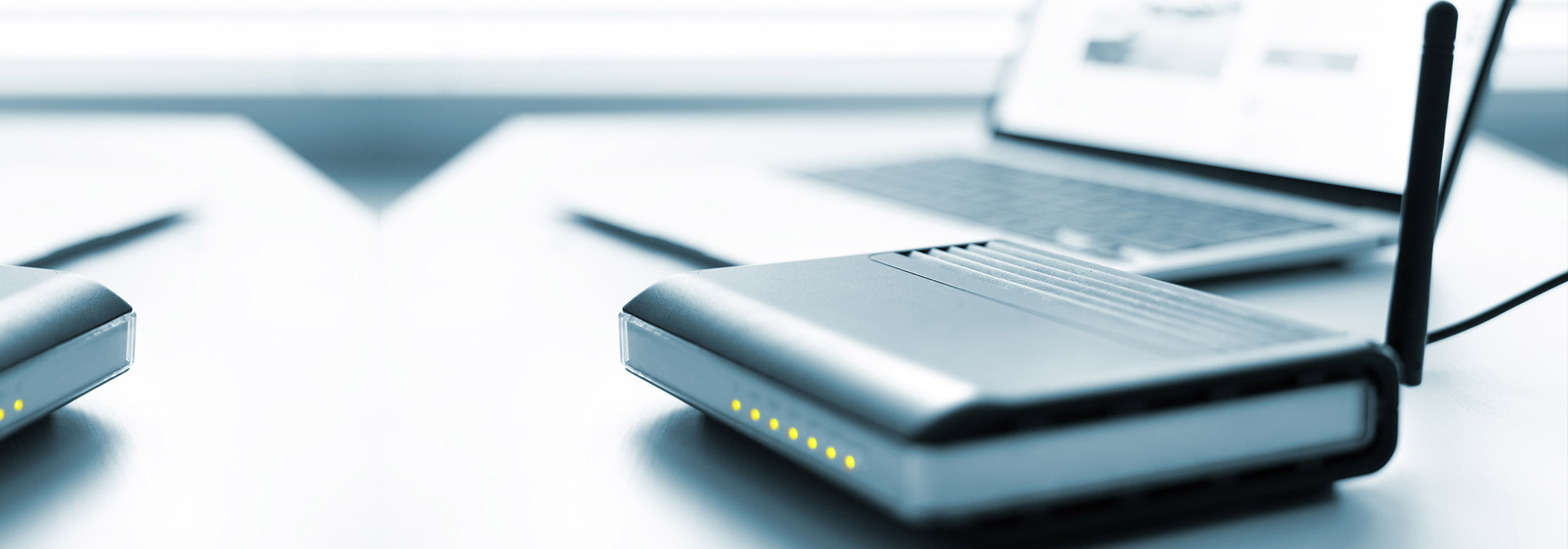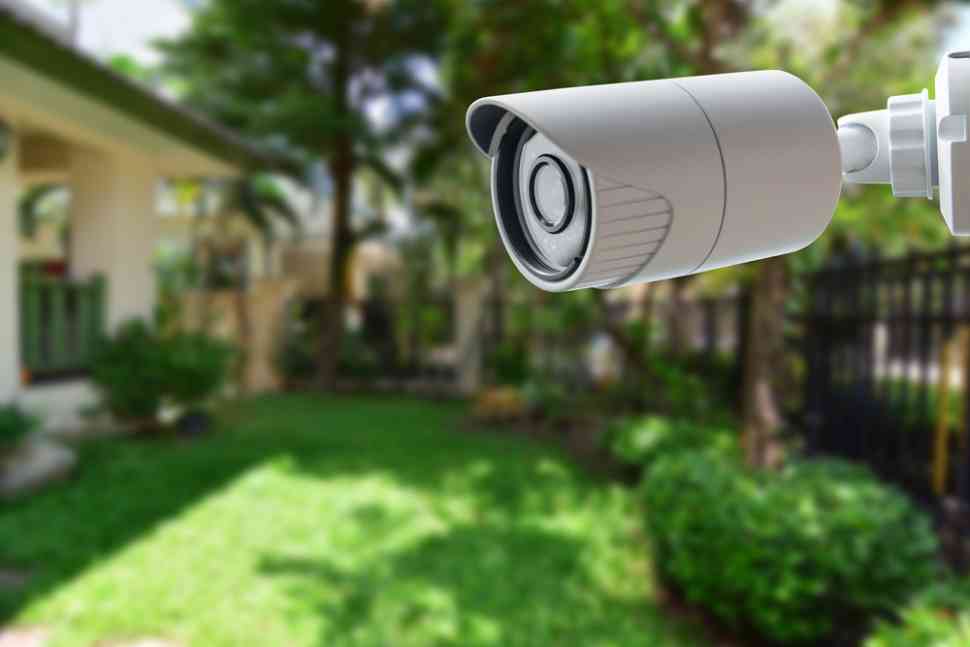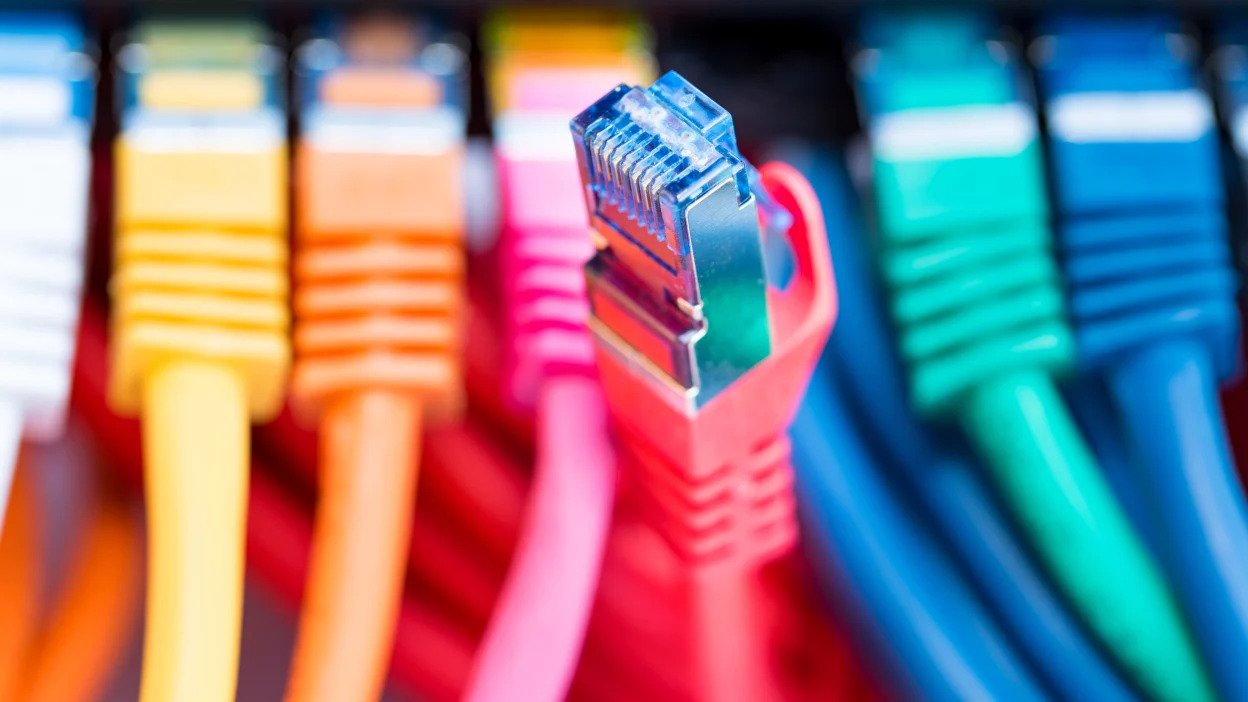Over the years, digital screens or monitors have become inevitable for performing multiple functions and serving various objectives. They are used by offices, government institutions, transportation companies, and shops for sharing information with the public. Displays units are deployed in stadiums, concerts, boardrooms, and conference rooms to broad live events. In addition, monitors have also emerged as one of the most effective tools for the advertisement of brands and their products. therefore, finding the best monitor which is capable of meeting your end goals can potentially very critical role in boosting the productivity and resource efficiency of your organization.
Monthly Archives: November 2022
- Posted: November 23, 2022Categories: HardwareRead more
- Posted: November 23, 2022Categories: HardwareRead more
With the rapid strides of digitalization and growing trends of remote working, the installation of video conferencing equipment has become an integral part of businesses of all shades and sizes. Therefore, it is crucially important to understand video conferencing systems. We are going to touch upon some fundamentals of video conferencing systems and equipment in the following paragraphs.
- Posted: November 23, 2022Categories: RoutersRead more
Routers are hardware networking devices that are used to receive, analyze and forward incoming data packets, based on their addresses, to another network. They are deployed for accessing the internet, coupling networks, or connecting branch offices to the central office with the help of a Virtual Private Network. Routers should not be confused with networking hubs, modems, and switches. They are equipped with a lot more capabilities than hubs or switches. Unlike hubs and switches which perform basic network function like transferring the data packet without doing anything with the transferred data, routers can analyze data sent over a network, change and determine how it is packaged and send it to another network or different networks.
Table of Content
- Posted: November 23, 2022Read more
The video surveillance system is a network of cameras, monitors/displays, and recorders. Cameras are of various kinds and differ from one another with respect to resolution, frame rate, and color type. Video Surveillance system can be deployed outdoors or indoors and is designed in such a way as to record footage. Most of the surveillance systems are closed, which means that signals can neither be broadcast nor accessed by other parties. Only authorized persons can monitor the content and use that footage for various purposes. The recorded footage can be compressed, stored in a recorder or it can be transmitted over communication networks.
Table of Content
- Read more
Given the growing and ever-expanding applications of IP phones in every business and office, this blog has been written to help you know everything about IP or VOIP phone systems and their types for helping you find the right solution in sync with your budget and operational needs.
- Posted: November 08, 2022Read more
Depending upon technical specifications, there are multiple types of networking cables including Twisted Pair, Coaxial, Ethernet, and fiberoptic. Not all of these cables are interchangeable, that is they are best suited for specific purposes and each should be deployed to meet specific networking goals. Therefore, those who are interested in buying networking cables are advised to read this article before making a final investment.
 Live-Chat
Live-Chat












